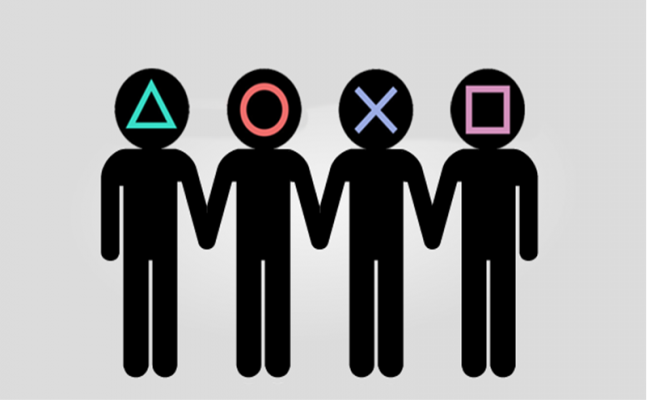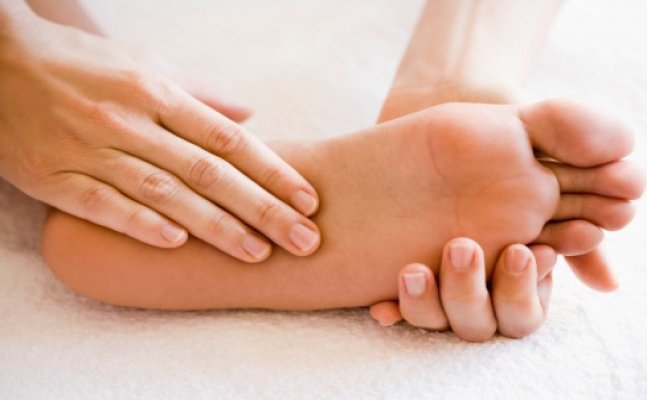Yoga poses which will strengthen your back
- Gayatri
- Monday | 14th September, 2020
Due to our hectic lifestyle, we hardly be conscious of how backbone is been suffered. It is the only bone organ of the body which is the axis of our life. Back pain has become a common problem for everyone. A flexible back is always the basis of our health and comfort.
In this time of pandemic when work from home is new normal. Sitting at front of your screen for 9 to 5 job. Even not working, while sitting normally doing nothing your back is always working for you. We hardly find the time to relax your back, which leads to back pain by end of the day.
Due to our hectic lifestyle, we hardly be conscious of how backbone is been suffered. It is the only bone organ of the body which is the axis of our life. Back pain has become a common problem for everyone. A flexible back is always the basis of our health and comfort. Our computers restrict us from moving much, back pain turns out to be an obvious issue.
To help you with this, here is a 5-minute yoga poses which will help you stretch, strengthen and relieve your lower back pain. The flow will not only fight back pain but will relieve the discomfort and stress in your back.
These asanas can be performed by anyone.
Relaxed pose
Marjari pose (cat pose)
Shashankasana (Child’s pose)
Bhujangasana (Cobra pose
Dhanurasana (Bow pose)
Vipreet naukasana (Reverse boat pose)
Sarpasana (Snake pose)
Bhujangasana (Cobra pose)
Shashankasana (Rabbit pose)
Kandharasana (Shoulder pose)
Markatasana (Monkey pose)
Pawanmukt asana (Wind relieving pose)
Suptapadangustasana (Reclining big toe pose)
Balakridasana (Happy baby pose)
Other benefits of the flow
The flow can help in toning your stomach.
Some poses can help resolve gastric issues.
Helps in strengthening the entire body.
Improves the proper functioning of the reproductive system.

If You Like This Story, Support NYOOOZ
Your support to NYOOOZ will help us to continue create and publish news for and from smaller cities, which also need equal voice as much as citizens living in bigger cities have through mainstream media organizations.











